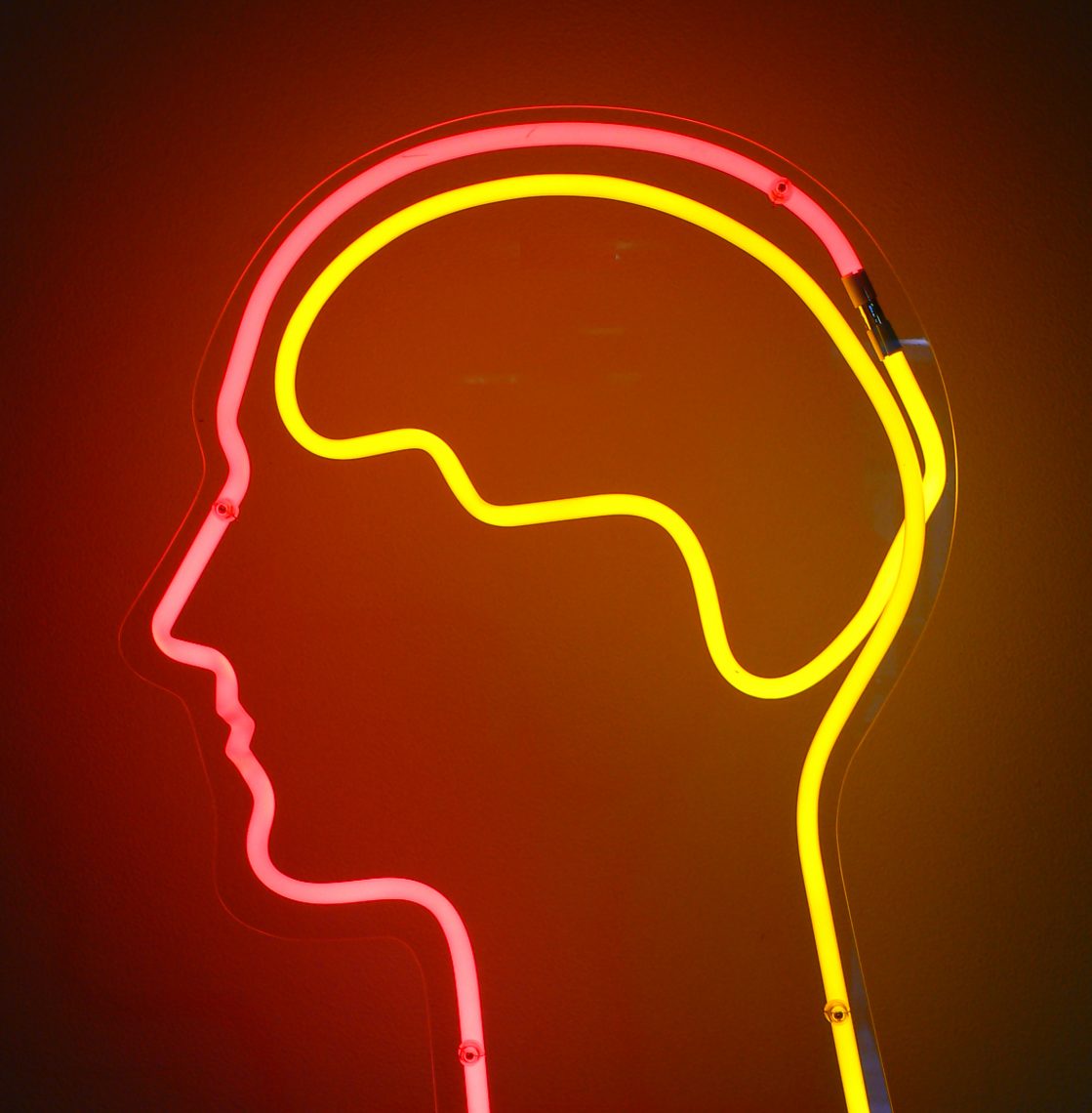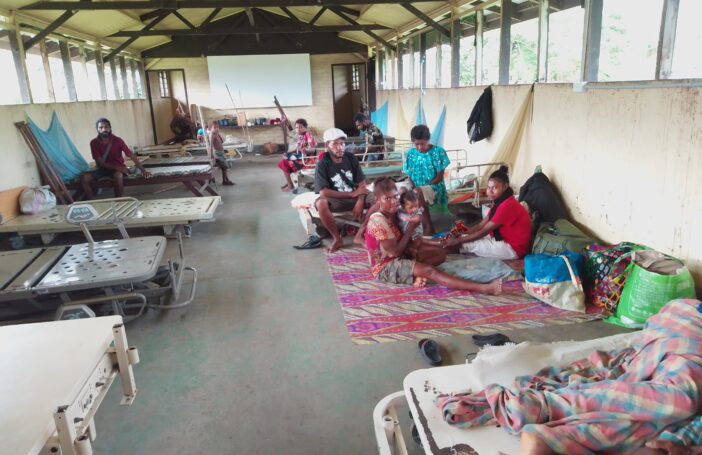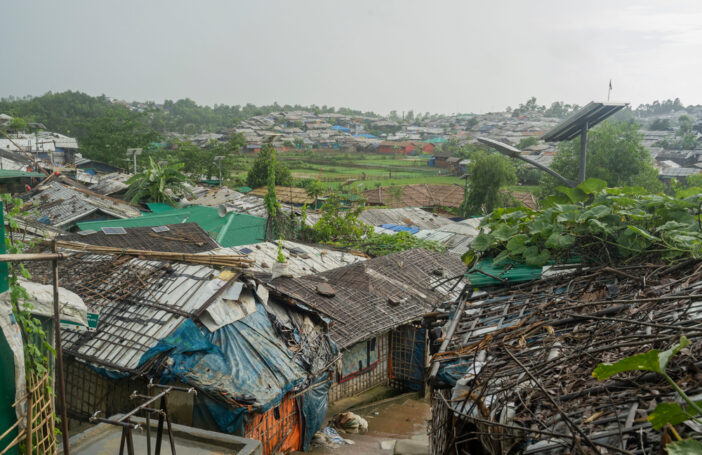Saturday 10 October was World Mental Health Day, and for many of us it may have held a special significance this year. Our daily lives have changed considerably since the COVID-19 pandemic got underway. We may have experienced feelings of anxiety, stress, sadness and anger, perhaps more so than in previous times. But we have also found an increasing openness to talk about mental health, and government services to support our wellbeing have become a critical part of public health responses. These are important gains to celebrate.
We should grasp this moment to extend our newfound understanding and focus on mental health to our work with communities in low-income, fragile and conflict-affected countries. As COVID-19 continues to disrupt lives and livelihoods across the developing world, most people risk having their mental health and psychosocial needs overlooked entirely, with severe long-term implications. At this point, it may be difficult to ascertain how the pandemic affects wellbeing but evidence from the 2013-16 Ebola outbreak suggests that the rates of distress and mental conditions increase dramatically in the wake of a health emergency. That’s why the UN have rung the alarm bells, warning that a global upsurge in the number and severity of mental health problems as a result of COVID-19 is likely, and action is needed urgently.
Children and adolescents, especially those with existing health and mental conditions, are at particular risk. In a recent World Vision survey across 13 countries (including Bangladesh, Philippines and Syria), over 90% of children and young people reported feeling emotional distress or facing troubling experiences during lockdown. 71% said they felt isolated and lonely. Concerns about the health of loved ones, uncertainty about their future, and the loss of social connections due to school and university closures have fueled children’s anxieties and affected their ability to function.
The mental health burden of COVID-19 is likely even higher for children and adolescents affected by armed conflict and forced displacement. Life in such settings is linked to extremely high levels of distress and risk of mental disorders. This is because precarious living conditions, limited access to basic social services, traumatic life experiences, disrupted social networks and uncertainty about the future make life extraordinarily difficult. More research is required to understand the full picture, however initial studies suggest that the pandemic adds yet another layer of distress: in Syria, Yemen, Iraq and Jordan, almost nine out of ten displaced and refugee children reported that they are stressed by COVID-19, and three quarters are afraid of catching the disease (as they live in cramped conditions where it is difficult to adhere to public health guidance).
Despite the enormous need, most children who require mental health and psychosocial support do not receive it. Services and treatment are simply not available in sufficient quantity and quality, especially at the community level. There are fewer than one mental health workers per 100,000 of the population in low-income countries. Only one in 27 people in low- or lower-middle-income countries receive minimally adequate treatment for depression. This is connected to chronic underfunding: governments spend only 2-4% of their national health budgets on mental health. And despite some increases in recent years, development assistance specifically dedicated to mental health accounts for just 0.3% of all health aid.
There are numerous compelling arguments for the Australian Government to change tack and take children’s mental health more seriously, in both development and humanitarian contexts. For one, chronic mental health problems in childhood can have long-term implications well into adulthood, disrupting children’s brain development and leading to cognitive impairment and behavioural issues. Most mental health conditions in adult life have their onset in childhood. This comes with a huge price tag for society, costing the world economy approximately AUD3.5 trillion per year in reduced economic productivity and physical ill health.
More immediately, widespread distress and mental illness will also complicate the control and elimination of COVID-19. The link between poor mental health and lower compliance with medical advice and public health guidance is well-established. For example, higher levels of depression were found to be associated with higher Ebola risk behaviours, and symptoms of post-traumatic stress disorder with lower levels of Ebola prevention behaviours. There is also evidence to suggest a link between poor mental health and lower vaccine uptake rates.
Australia is well placed to step up and provide leadership in this area. The government has already endorsed the Amsterdam Conference Declaration to address the need of mental health and psychosocial support in crisis situations, and has made health security a central pillar of its aid program, as outlined in the Partnerships for Recovery strategy (without explicitly mentioning mental health). Now is the time to increase investment in community-based mental health and psychosocial support and strengthen children’s access to critical services.
There are three steps the government can take without delay. First, mainstream mental health and psychosocial support into future health and education interventions, as part of Partnerships for Recovery and Australia’s supplementary COVID-19 response in the Pacific. This means, for example, supporting health workers and teachers to facilitate psychosocial activities and provide psychological first aid. Australia can also leverage the opportunities that come with technical innovations in the delivery of health and education services (such as promoting tele-counselling and remote opportunities to engage with mental health professionals).
Second, pay Australia’s fair share of the COVID-19 Global Humanitarian Response Plan, which, amongst other priorities, explicitly aims to address the mental health and psychosocial needs of the world’s most vulnerable populations. To date, Australia has given just 1% (AUD38 million) of the total funds dispersed globally – a third of what Denmark, an eighth of what the United Kingdom, and a tenth of what Germany have provided.
Third, encourage partner governments to aim for 5% of their health budgets to be committed to mental health, in line with recommendations from a recent Lancet Commission and the Global Ministerial Mental Health Summit. The chronic underinvestment by governments in this area must be redressed quickly.
Mental health is a critical component on the road to recovery from COVID-19. Children have remarkable resilience but they can only really thrive when they’re free from psychological and social distress. Australia should put mental health relief front and centre of its COVID-19 aid response and help children, in the Indo-Pacific and beyond, get back on their feet.
This post is part of the #COVID-19 and international development series.






I’m curious to know what model of psychological First aid you’re referring to. There are several here in the US- John Hopkins, Subsatance Abuse and Mental Health Services Administration (SAMHSA), the World Health Organization. Would it be one of these or a model developed in Australia?